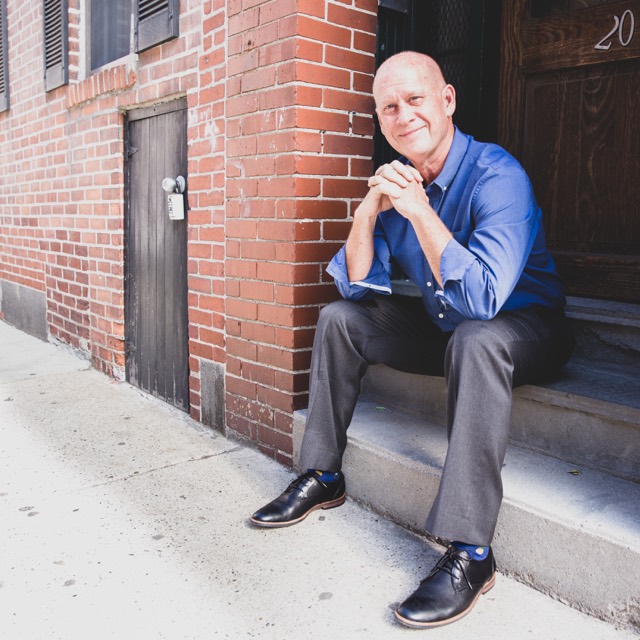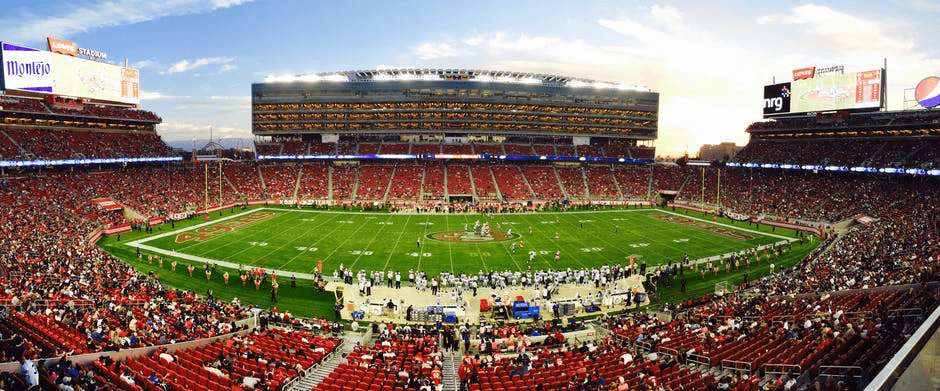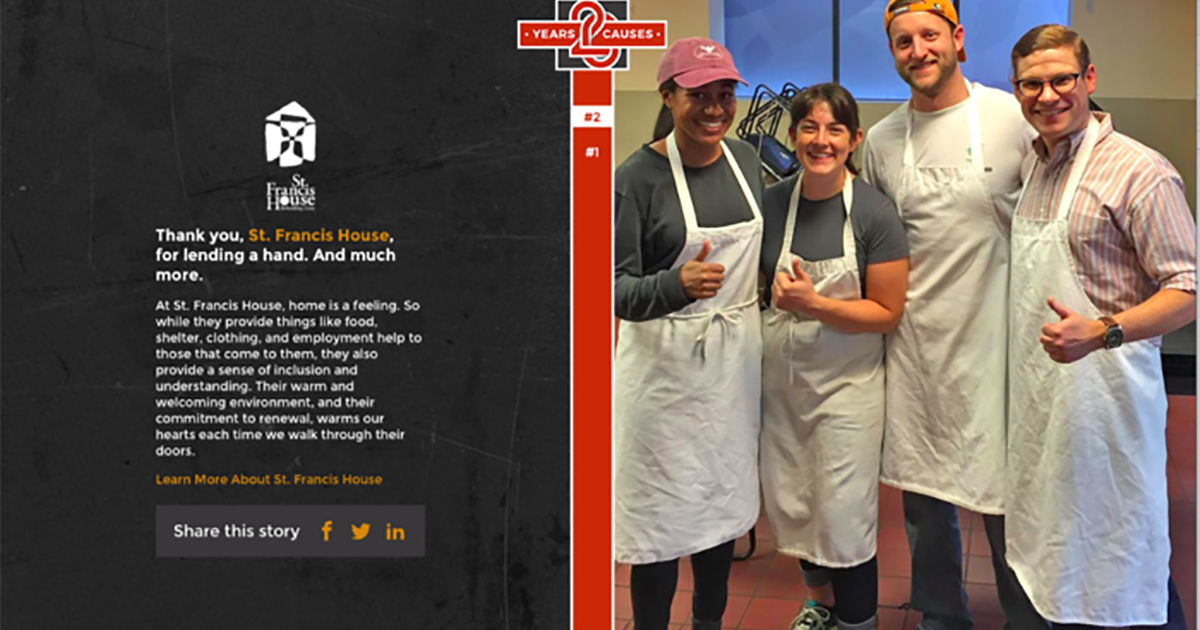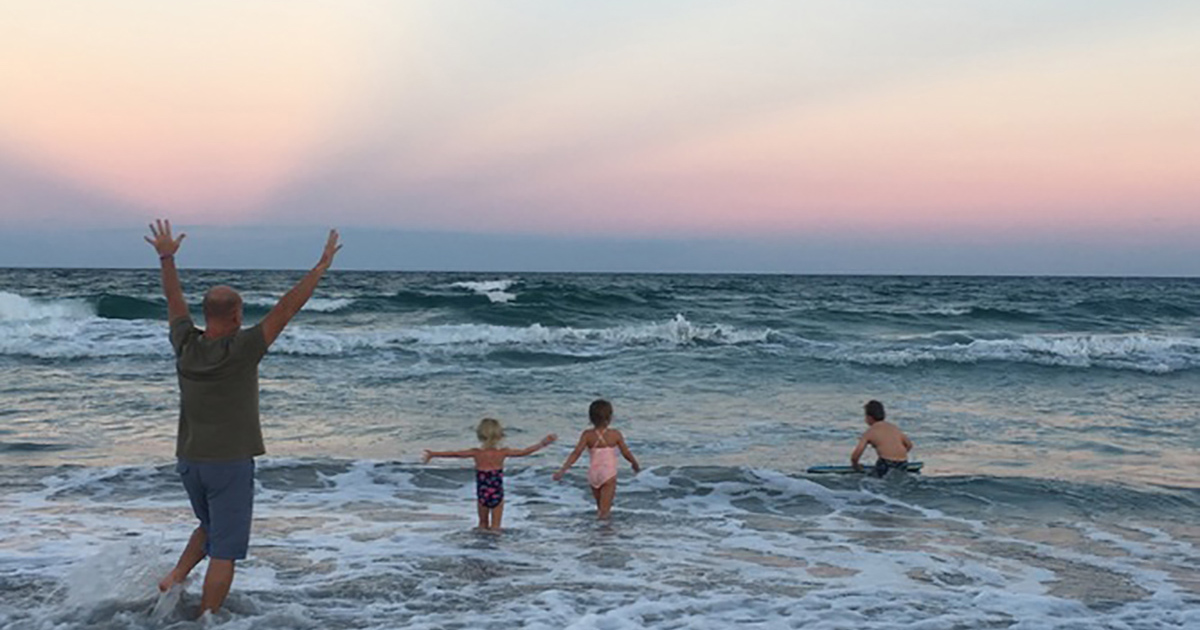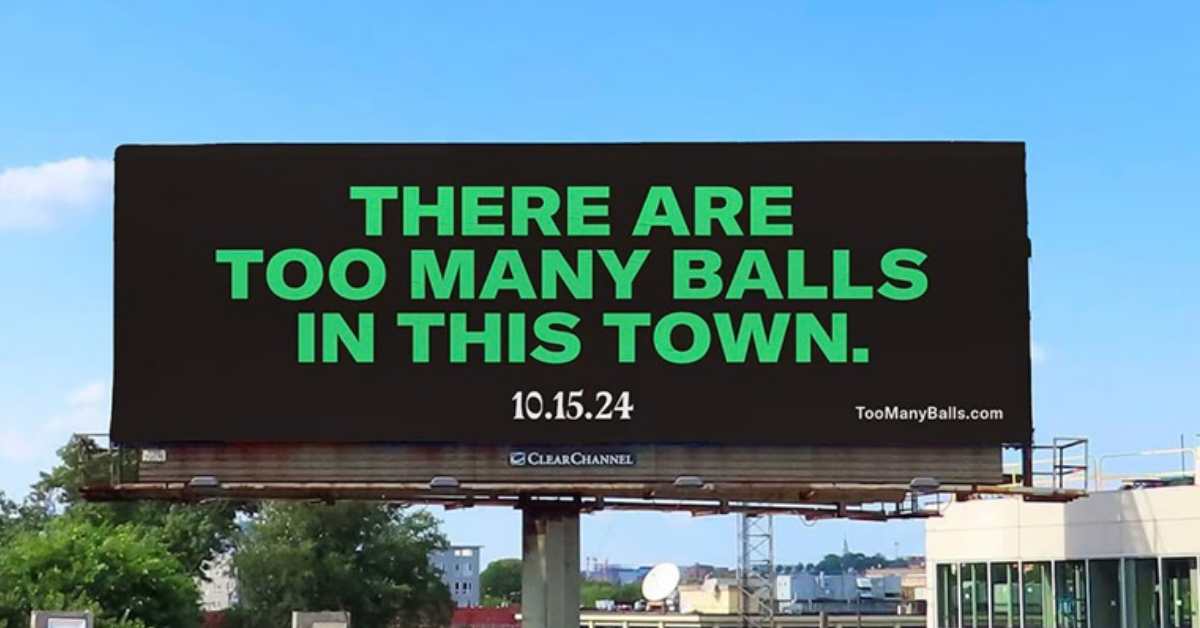Originally published in Sports Illustrated on Nov. 2, 2015
Bud Bowl: Back then the idea of a commercial made specifically for the Super Bowl—that was novel.
As the final pathetic seconds of Super Bowl XXII ticked off the clock, bringing the Redskins’ 42-10 blowout of the Broncos to a merciful close in the wee hours of Jan. 31, 1988, August Busch III made it clear that he was not a happy man. The hard-charging and even-harder-to-please scion of the largest brewer in the world, Anheuser-Busch, had just spent a fortune on beer commercials. But, thanks to the lopsided nature of that game, millions of potential customers were inclined to tune out early; rare was the superfan who stuck around to watch the late TV spots. Busch might as well have flushed his money down the toilet.
That’s when the 50-year-old CEO had a vision. Next year, he was going to own the Super Bowl.
Busch’s scheme to dominate the glitziest advertising showcase in sports would essentially amount to a marketing blitzkrieg with two equally important objectives: First—and so obvious that it didn’t seem worth mentioning—was to crush the Miller Brewing Company, the heel-nipping Pepsi to Anheuser-Busch’s Coke. Second, was to whip American consumers into such a frenzy over his family’s marquee brands, Budweiser and Bud Light, that it would forever become the only beer people would think of when they thought of the Super Bowl.
Busch realized he had exactly a year to make this happen. After all, this still-hypothetical viral ad campaign had to be conceived, executed and ready to go by the kick-off of the following year’s game. No one involved knew it at the time, but Busch’s high-stakes gambit would soon go down as one of the costliest, most effective and, yes, corniest Super Bowl ads of all time.
*****
Bill Oakley still recalls August Busch’s executive fiat as if it came down from on high last week. As a creative director at the St. Louis-based ad agency D’Arcy Masius Benton & Bowles, Oakley and his team were assigned with the delicate care and feeding of their firm’s biggest client. Now he was being summoned to Anheuser-Busch headquarters in St. Louis, and he had no clue what to expect. The mood in the conference room that day shortly after Super Bowl XXII was something south of dour. And hearing Oakley recall that meeting more than 25 years later, you can still sense the icy fear. “August Busch was regarded as one of the toughest bosses in America,” says Oakley. “Any time you had a meeting with him it was almost like a Godfather kind of meeting, where no one says anything until he speaks.”
Busch, then 51, wasted no time doing just that. He was quick and to the point. The feel-good ads that Budweiser had run during Super Bowl XXII—a pair of Good Samaritans stopping to help an Amish farmer repair his horse-drawn buggy, with the tagline, “For all you do, this Bud’s for you”—were … fine. They were sweet and down-home and blanketed in the cozy sort of nostalgia that any legacy brand would want to be associated with. But no one went to work on the Monday after Super Bowl XXII and talked about them. It was time for something different. Something unexpected. Something inspired. Nothing short of total watercooler domination of next year’s game was acceptable.
Oakley and his partner at DMB&B, Bill Henke, left that meeting feeling nervous, excited and maybe a little nauseous. A happy August was critical to the agency’s livelihood. They would have to come up with something great. But what?
In brainstorming, the ad men recalled another campaign they’d done for the company’s recent introduction of Bud longnecks. For years, the tall, slender beer bottles had only been available in bars. The commercials they came up with to push the roll-out to sofa-slumping Joe Six-pack consumers had featured the longneck bottles moving like people, hailing taxi cabs and hopping onto buses. It had been a favorite of August Busch’s. What if they took that concept and tailored it to the Super Bowl? Better yet: What if they pitted anthropomorphic bottles of Bud and Bud Light against each other in a football game that aired, in segments, throughout the Super Bowl? And what if they called that the Bud Bowl.
Like a mad professor at his laboratory in the grips of a wild idea, Oakley camped out in his garage and constructed a miniature football stadium constructed out of plywood and Astroturf remnants. Remembering the tiny plastic football helmets that kids used to purchase from gumball machines for a quarter, he bought dozens of little helmets in red and silver, jimmied them onto bottles of Bud and Bud Light, and moved them around his jerry-built arena like a 10-year-old on a rainy day, trapped inside with nothing but his imagination. He had to admit: It looked pretty good.
Along with two junior DMB&B creatives—Grant Pace and Martin Buchanan—Oakley and Henke brought their pitch (and their plywood stadium) to a meeting with the Anheuser-Busch brass. As the stone-faced Busch watched four grown men play out a make-believe gridiron scenario in front of him, the CEO’s underlings sat in silence, trying to gauge their boss’ reaction. A smile slowly crept across the Godfather’s face. He loved it. Busch gave DMB&B the green light and a $3 million budget to turn their rinky-dink idea into a series of polished Bud Bowl spots that would unspool as a game-within-a-game throughout the entire Super Bowl XXIII telecast. To further ensure the ads’ carpet-bombing impact, Busch negotiated with NBC and the NFL to become the first-ever exclusive beer advertiser of the Super Bowl. For the additional $3 million it would cost to buy up and monopolize the game’s airtime, Busch would essentially box Miller out of the event all together. DMB&B was now on clock.
*****
The agency’s first order of business was to find an animation studio that could put this ludicrous idea into action—and fast. They thought they’d found that in Broadcast Arts, a New York-based company staffed by sallow-complexioned computer nerds and fussy film wonks who had provided the off-beat stop-motion animation magic for the cult kiddie TV show Pee-wee’s Playhouse. Their work was precious and perfectionist, but painstakingly slow. Could they be depended on to meet Busch’s deadline? Even they weren’t sure. Stop-motion animation—the herky-jerky process most famously used in Ray Harryhausen’s cheesily quaint monster movies Jason and the Argonauts and Clash of the Titans—was akin to herding snails. In the pre-digital era of 1988, it would take 10 or 12 hours to conjure three seconds of usable stop-motion footage. And DMB&B had to produce five Bud Bowl spots.
While Broadcast Arts began toiling away in monastic seclusion, DMB&B’s Pace (the copy writer) and Buchanan (the art director) were tasked with conceiving the look and feel of the ads. Pace was put in charge of brainstorming as many hokey football and beer puns as he could extract from his exhausted brain. What if there was a longneck-bottle coach, with a houndstooth hat, named Beer Bryant? What if Team Bud’s quarterback was nicknamed Budway Joe? What if, during a pivotal point in the game, there was a running back—a giant 40-ounce bottle—named the Freezer, in homage to William (Refrigerator) Perry? What if there was a beer with a rainbow wig in the stands holding a “Bud 3:16” sign? And what if the climactic game-winning field goal was kicked by a tiny, Garo Yepremian-sized seven-ounce beer named Budski?
Pace’s puns came fast and furious. No cheeky bit of juvenile wordplay was too groan-worthy to be considered. There would be “can-demonium in the stands.” A melee on the field would be “a real brew-haha.” At the end of one of the quarters, the camera would even pan up to the owner’s box for a cameo by Busch’s beloved party-animal mascot, Spuds MacKenzie, flanked, of course, by his adoring Spudettes. (It should be noted here that when Spud’s cameo was eventually shot, Pace was shocked to see that the celebrity bull terrier actually existed on a Rabelaisian diet of filet mignon and Perrier water.)
As Pace was filling legal pads with double entendres in St. Louis and Broadcast Arts was putting its Lilliputian bottles through their millimeter-by-millimeter paces in New York, Busch checked in for frequent updates. He’d come to regard the Bud Bowl as his baby and he wanted to know how that baby was doing. Oakley and Henke lied, telling him all was going swimmingly. Back at Anheuser-Busch headquarters, meanwhile, the brewer’s own in-house marketing team was pouring all of its promotional might into a sweepstakes to accompany the ad campaign. To build anticipation in the months leading up to Super Bowl XXIII and help sell a Niagara of suds, the company enclosed an “official scorecard” in every Bud and Bud Light 12-pack. The idea: Bud drinkers would follow the game at home, mark down the Bud Bowl score at the end of each quarter and mail in their scorecards for a chance to win $100,000. Bud sales exploded. The only question—and it was a largely unspoken one—was, Would the ads be done in time for the big game?
*****
It’s easy to forget in this pop culture-saturated era, when today’s TV commercials are drenched in irony and meta self-awareness, how original the Bud Bowl spots would actually seem when they finally aired. Not original in the sense that they were radically clever; they didn’t even belong in the same conversation as what many still considered the greatest ad to ever air during the Super Bowl, Apple’s “1984” spot. But back then the idea of a commercial made specifically for the Super Bowl, that was about the Super Bowl, and that wouldn’t run again after the Super Bowl—that was novel. The campaign “was incredibly stupid,” says retired New York Times advertising columnist Stuart Elliott, “but you have to put yourself back in that time. It was a light-hearted series of ads poking fun at football and at advertising. All of that stuff was, at that time, unusual and different and new.”
To help sell the self-lacerating, tongue-in-cheek tone of the Bud Bowl spots, Anheuser-Busch and DMB&B needed a salesman who got the inherent silliness of the campaign. Someone who knew his way around the inside of an inside joke without directions and a map. Bob Costas had grown up in the shadows of Anheuser-Busch’s St. Louis headquarters. At the time the company also owned Costas’s beloved baseball team, the Cardinals, and as the announcer’s career took off he’d developed a close-knit relationship with the Busches and their family business. It also didn’t hurt that Super Bowl XXIII would be airing on Costas’s own network, NBC. As a favor to Busch, Costas agreed to be the play-by-play voice of the Bud Bowl, along with his real-life on-air partner, Paul Maguire. “I haven’t seen [those ads] since they aired, but I recall thinking that my job was just to wink at the audience,” says Costas, nearly 27 years later. “You know this is absurd. We know this is absurd. Anheuser-Busch knows this is absurd—it’s supposed to be absurd. It was an effort not just to sell a product but to make the commercial itself part of the event.”
As big of a get as Costas was, DMB&B had yet to iron out the ending of their Bud Bowl spots, and their deadline was looming. Although the agency wasn’t exactly the high-concept Algonquin Round Table of some of their flashier competitors in New York, they knew they wanted to create something a little weird. Their first idea was to have the Bud Bowl end with a human hand reaching down onto the field and grabbing a bottle of beer, breaking the fourth wall with the same absurd flourish that the hit TV show St. Elsewhere had used in its provocative finale, when the whole show was revealed to have been the fantasy of an autistic boy, all set inside of a snow globe. But when they presented the idea to Busch, he didn’t get it. “So the game didn’t happen? What do we do next year?”
Next year? The folks at DMB&B had never even considered that the Bud Bowl would be anything more than a one-and-done experiment. (It finally fizzled out after Bud Bowl VIII in 1997.) The St. Elsewhere ending was scrapped.
The agency’s next idea was equally too hip for the room: What if, at the end of the Bud Bowl, just as Budski’s game-winning field goal sails toward the uprights, they cut away to the opening moments of Heidi? Busch actually liked the Heidi idea—a reference, of course, to the infamous 1968 Raiders-Jets game that was preempted just before a spectacular finish when NBC cut away to its regularly-scheduled broadcast of the classic kids film. But NBC, still apparently smarting from the embarrassment that snafu caused, nixed the idea. Actually, that’s putting it mildly. Michael Weisman, the head producer at NBC, told Anheuser-Busch, “Over my f—ing dead body!” The Bud Bowl would have to be a straight-forward game between two squads of talking beer bottles with a winner and a loser.
On Jan. 22, 1989, after nearly a year of blood, sweat and terrible puns, Bud Bowl I made its debut. The other game that night featured Joe Montana’s 49ers against Boomer Esiason’s Bengals. And, as the beer-shilling gods would have it, Super Bowl XXIII turned out to be the kind of epic nail-biter that kept Bud and non-Bud drinkers glued to their La-Z-Boys. With 3:10 left in the fourth quarter, Montana, down 16-13, led the Niners on an 11-play, 92-yard drive, ending with a 10-yard bullet to John Taylor in the end zone. “We moved a s—load of beer for Bud with that game,” says Pace. Adds Costas, “My guess is that people remember Montana-to-Taylor a little bit more vividly than they remember the epic Bud Bowl. But I’m just guessing.”
Oh, right, the Bud Bowl. In case you were wondering, Bud won that game, beating Bud Light 27-24.

